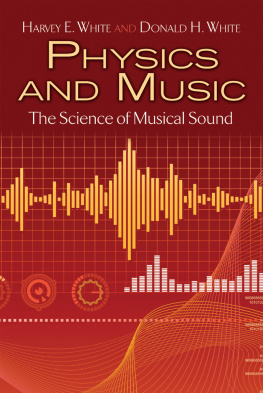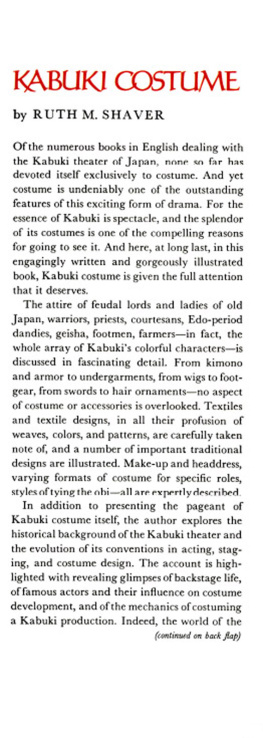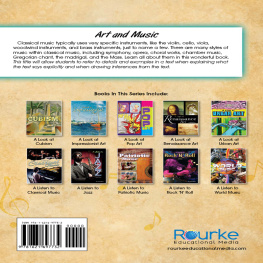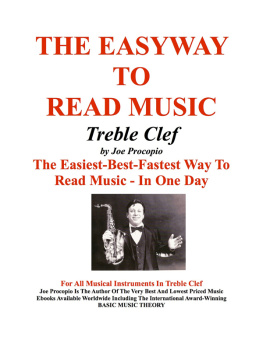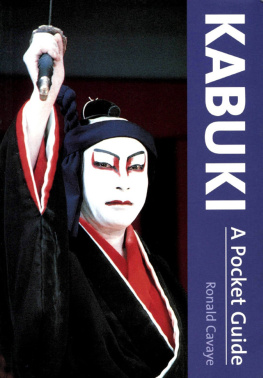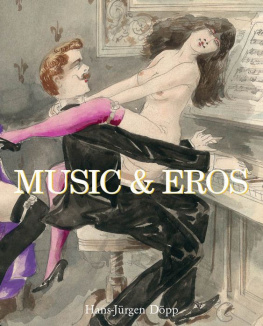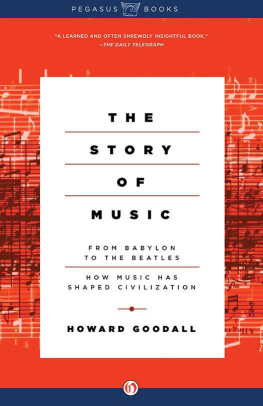William P. Malm - Nagauta: The Heart of Kabuki Music
Here you can read online William P. Malm - Nagauta: The Heart of Kabuki Music full text of the book (entire story) in english for free. Download pdf and epub, get meaning, cover and reviews about this ebook. year: 2006, publisher: Tuttle Publishing, genre: Children. Description of the work, (preface) as well as reviews are available. Best literature library LitArk.com created for fans of good reading and offers a wide selection of genres:
Romance novel
Science fiction
Adventure
Detective
Science
History
Home and family
Prose
Art
Politics
Computer
Non-fiction
Religion
Business
Children
Humor
Choose a favorite category and find really read worthwhile books. Enjoy immersion in the world of imagination, feel the emotions of the characters or learn something new for yourself, make an fascinating discovery.

- Book:Nagauta: The Heart of Kabuki Music
- Author:
- Publisher:Tuttle Publishing
- Genre:
- Year:2006
- Rating:4 / 5
- Favourites:Add to favourites
- Your mark:
Nagauta: The Heart of Kabuki Music: summary, description and annotation
We offer to read an annotation, description, summary or preface (depends on what the author of the book "Nagauta: The Heart of Kabuki Music" wrote himself). If you haven't found the necessary information about the book — write in the comments, we will try to find it.
The Kabuki theater of Japan has achieved a growing reputation as one of the worlds most brilliant achievements in the field of theater. And the number of studies made on the subject in the West has been considerable. Yet, in spite of the fact that so much of the unique brilliance of the kabuki stage depends on the character of its music, the manner in which it is used, and its integral connection with the development of the dramatic impact of the plays, very little has been written on this phase of the genre.
Of particular interest are the attempts to explore the various approaches to form music in the vast repertoire of this living art music. The playing techniques of the instruments are explained, and the relations of each instruments music to the vocal line and to the overall design is shown.
The analysis is accompanied by two compete transcription of nagauta in Western notation. These transcriptions are the first complete scores of nagauta ever printed. Additional musical examples, bibliography, discography, and glossary-index add value to the text.
William P. Malm: author's other books
Who wrote Nagauta: The Heart of Kabuki Music? Find out the surname, the name of the author of the book and a list of all author's works by series.


